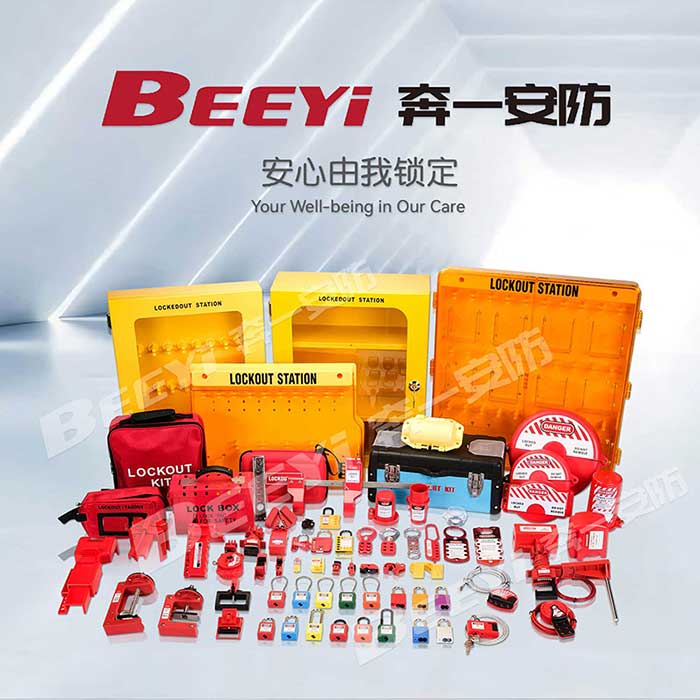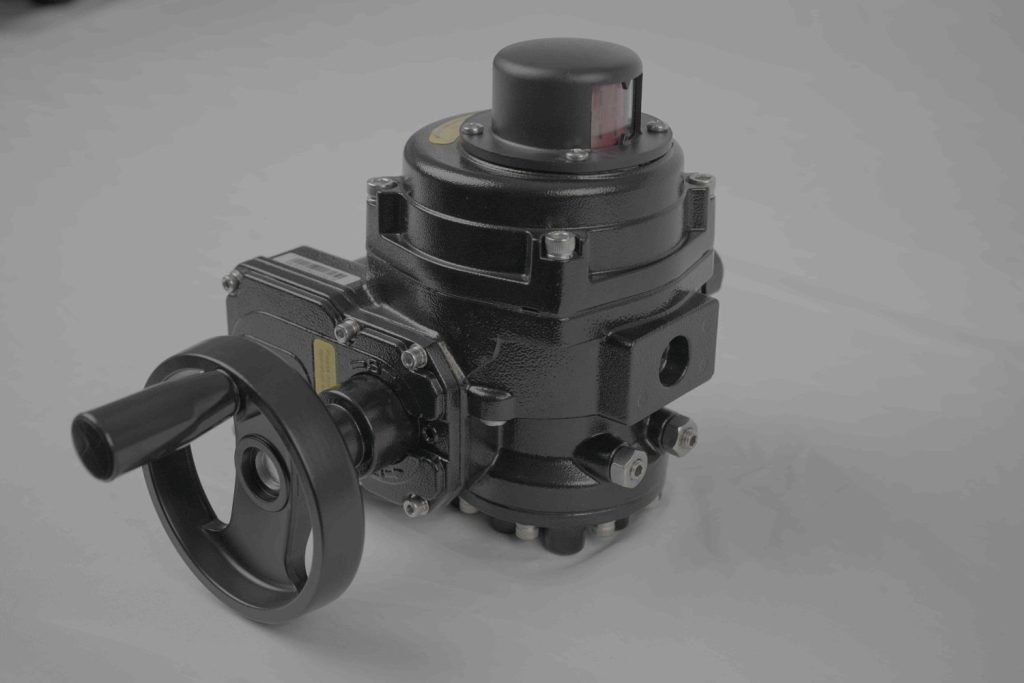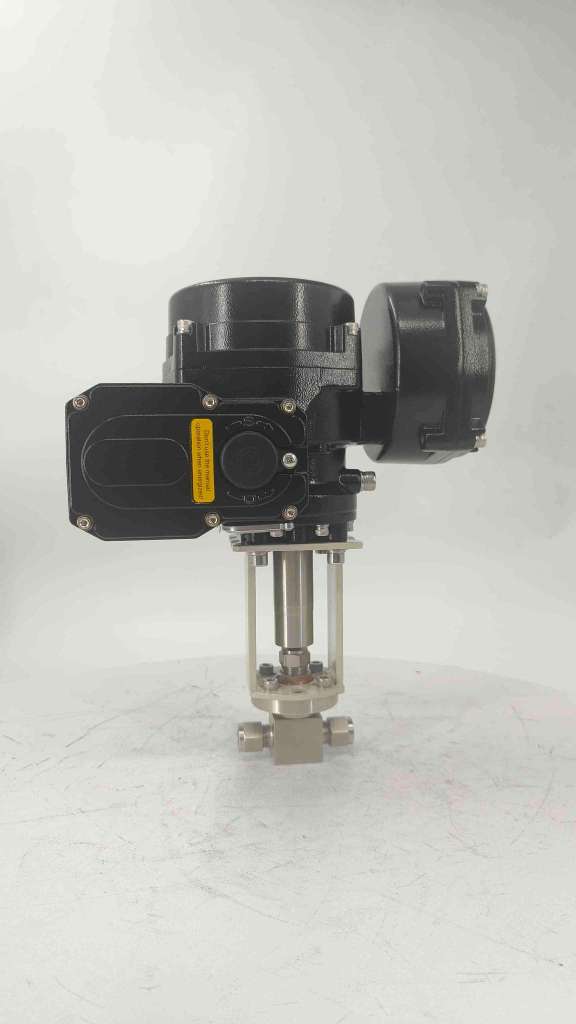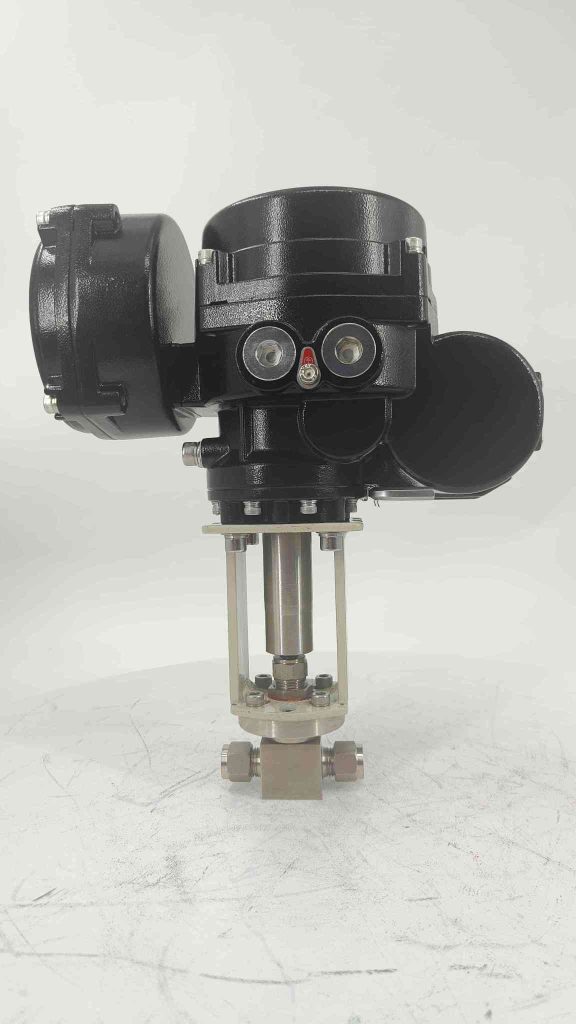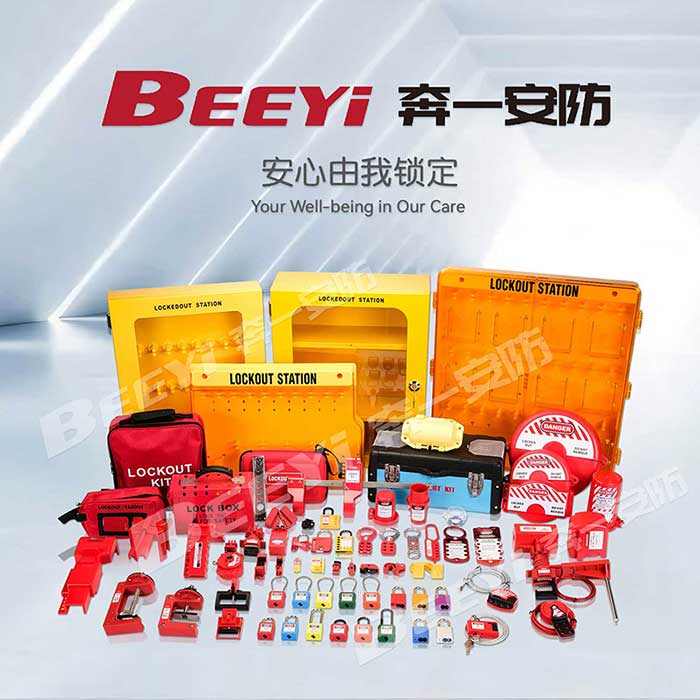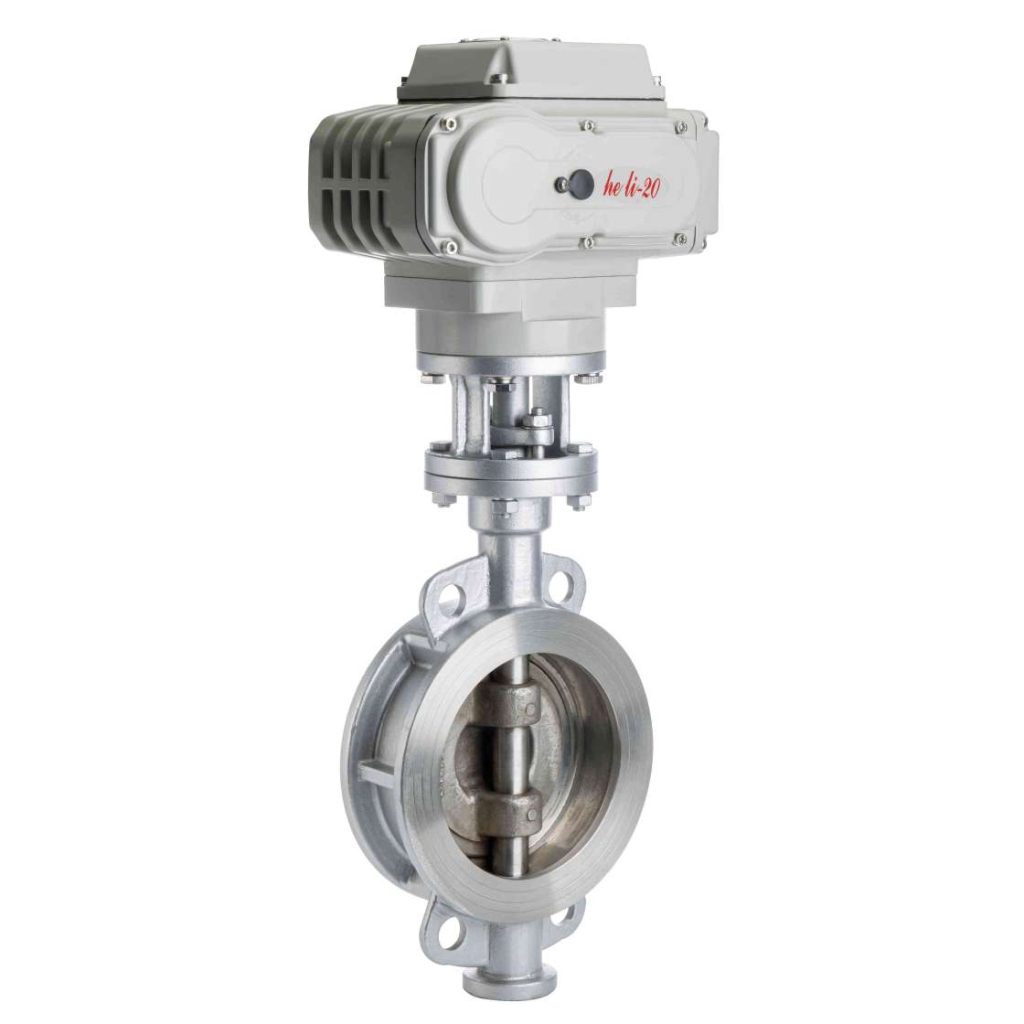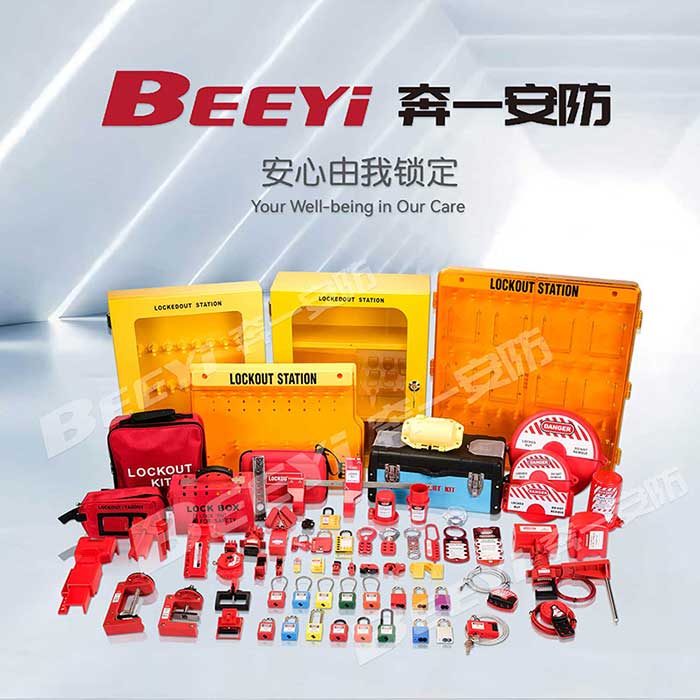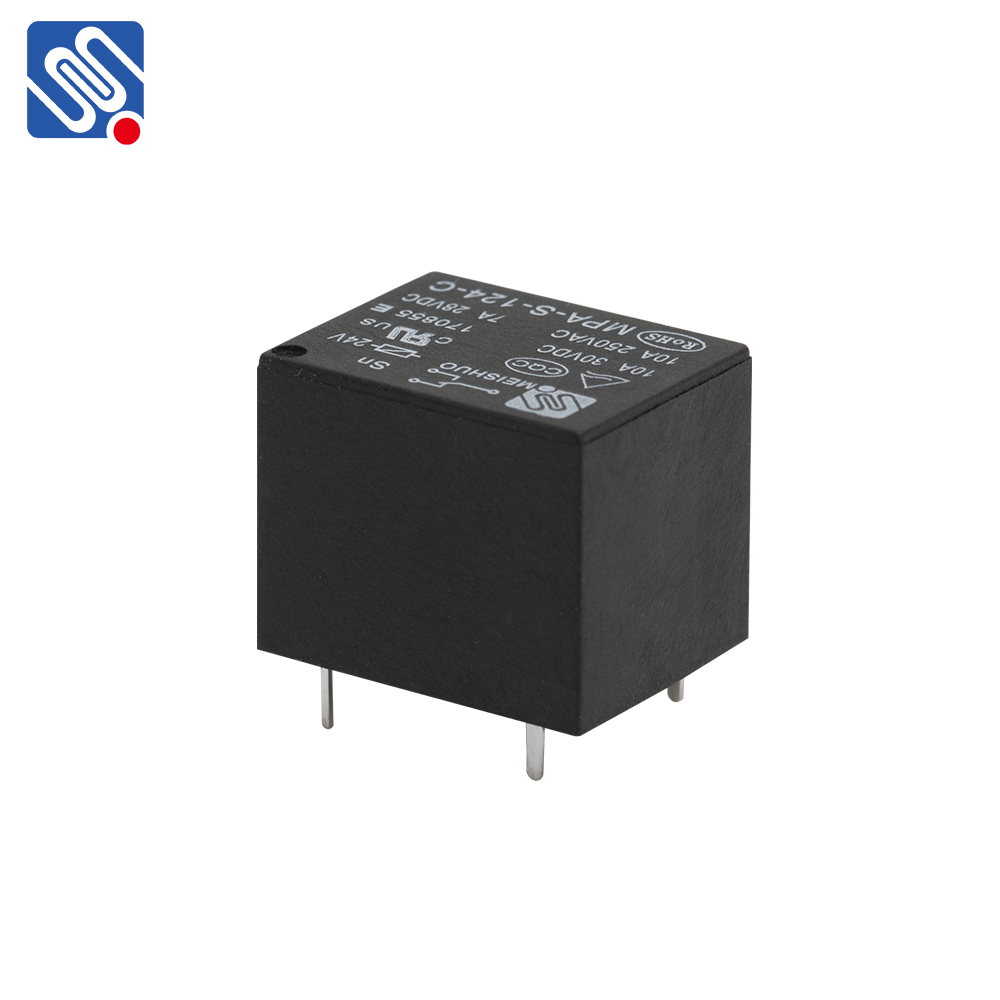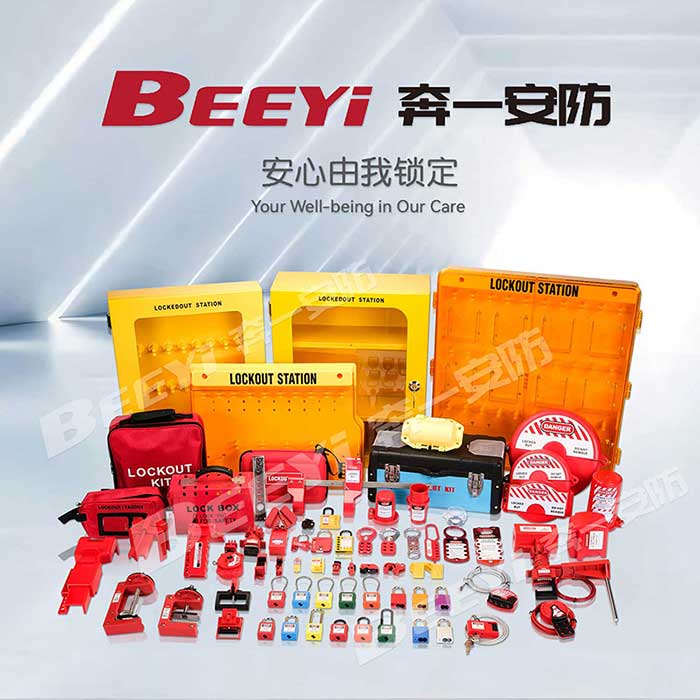The Importance and Functionality of Cold Water Solenoid Valves in Modern Systems
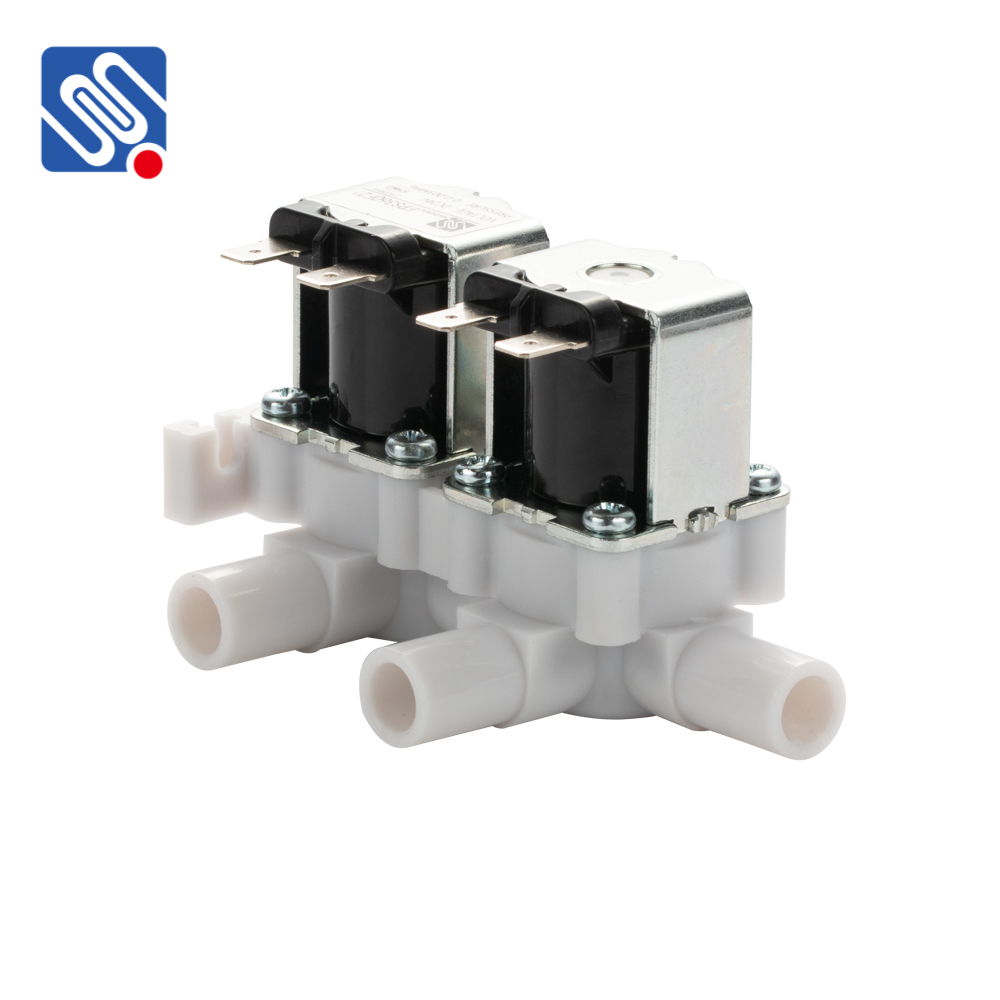
Cold water solenoid valves are essential components in a wide range of systems, from household appliances to industrial machinery. They are designed to regulate the flow of cold water through a system by using an electromechanical mechanism. These valves are critical in providing automatic control over water flow, ensuring efficiency, convenience, and safety in various applications. In this article, we will explore the role, working principle, applications, and benefits of cold water solenoid valves, emphasizing their significance in modern systems. What is a Cold Water Solenoid Valve? A cold water solenoid valve is an electromechanical device that controls the flow of cold water in pipelines. It operates using a solenoid, which is a coil of wire that creates a magnetic field when an electric current passes through it. The solenoid valve is typically composed of a coil, a plunger, a valve body, and a spring. The plunger is attracted by the magnetic field when the coil is energized, which opens or closes the valve, depending on the specific design of the solenoid valve. This mechanism allows the valve to automatically control the water flow without the need for manual intervention.

